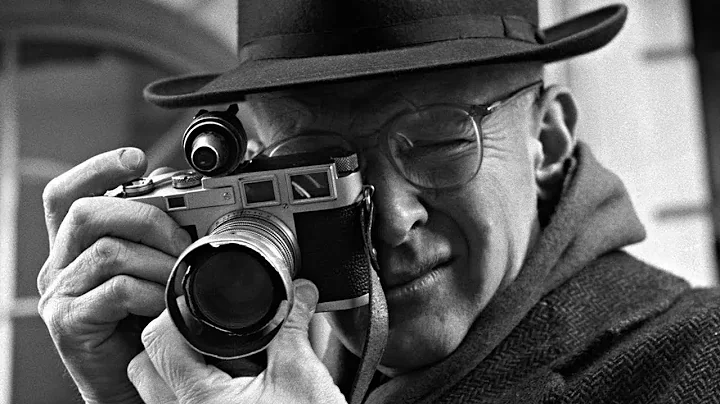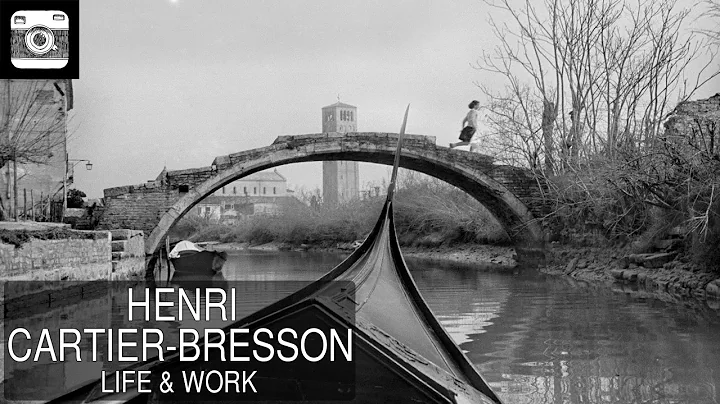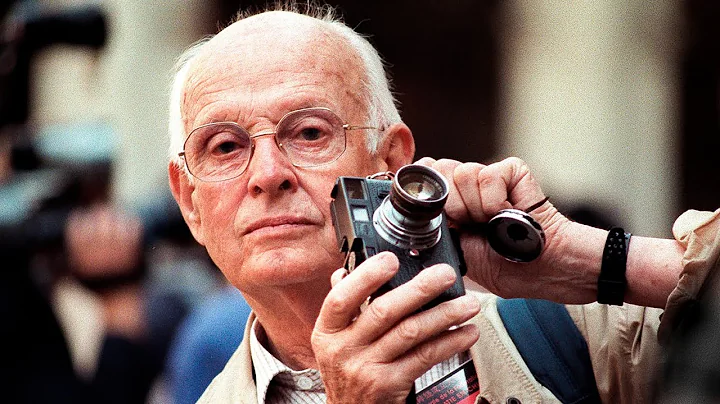Author Jamie Carter: I inspire people to stargaze, look at the moon, and enjoy the night sky so they can understand the smallness of life and the greatness of nature

"The Rock" - Rachel Roberts
Have you seen the Milky Way ? It's estimated that about 80 percent of Americans can no longer see the arc of our Milky Way's spiral arms due to worsening light pollution, but its rarity has fueled interest in finding it and capturing it on camera.
Travel photography blog Capture the Atlas has just released its 5th Annual Milky Way Photographer collection of 25 of the best images of the Milky Way.
Here are the top 10 images from the contest, which included images created in 12 countries, along with some comments from Dan Zafra, editor of Capture the Atlas, the contest's curator.

"The Milky Way arching over the Pinnacle Desert" - Trevor Dobson
Why is photographing the Milky Way so popular?
“The excitement of photographing the Milky Way is capturing a subject with a wealth of detail, color and texture that are not entirely visible to the human eye,” Zafra said. "We have very poor vision at night, we can see some bright and dark nebulae, but our eyesight has not evolved to see the colors or all the detail that our cameras can capture."
"For most photographers , seeing our Milky Way from the back of a camera screen is a very moving experience, and having the opportunity to see our Milky Way in different positions and angles depending on latitude and hemisphere is even more exciting."

"lonely" — —Nick Faulkner
How to take quick photos of the Milky Way
All of these images were carefully created using a star tracker and multiple exposures, but there are easier ways – although you do need a manual camera mounted on a tripod. "For anyone photographing the Milky Way for the first time, in addition to the basics of photographing during or around the new moon and staying away from sources of light pollution, I recommend the following setup," Zafra said.
So here it is:
 Use the maximum aperture of the lens
Use the maximum aperture of the lens  Set the maximum ISO allowed by the camera while controlling noise
Set the maximum ISO allowed by the camera while controlling noise  Adjust the shutter speed between 10-25 seconds depending on the camera and focal length.
Adjust the shutter speed between 10-25 seconds depending on the camera and focal length.
"Also, using a wide-angle lens with a fast aperture makes a big difference regardless of camera model," Zafra said.

"The Road to the Past" - José Manuel Calvin Rangel
Are star trackers used in all of these images?
"17 of the 25 images in this year's edition were taken using the (4) star tracker , and until a few years ago we'd never seen more than two or three tracked images on the list," Zafra said. Star trackers track the Earth's rotation so stars don't become blurry as they move across the night sky, but stay sharp. It enables photographers to make extremely long exposures. "This speaks volumes about the current trend in wide-angle astrophotography, where photographers are using star trackers and the aforementioned astronomy model cameras to capture more detail, color and the overall quality of their images," Zafra said.

"NOOKAMPA Reflections" - God Will
astro-mod Camera Trends
Astronomy modified cameras have become very popular in the past few years. An Astro-moded camera is a camera that has the low pass filter removed from the sensor and replaced with a different filter which blocks UV and infrared but allows for much more The light transmission, especially in specific color wavelengths, depends on the filter.“The most popular in astrophotography is the h-alpha (hydrogen-alpha) filter, which captures the red nebulae in certain areas of the night sky,” Zafra said. If images of the Milky Way were shown here, you could see this in a few.

'Milky Way Arch on a Spring Morning' - EGOR GORYACHEV
Why use astro-mod cameras
It is commonly believed that these modifications are simply to capture the colors in the nebulae," Zafra said. "However, the greatest advantage of the Astro-mod camera is The ability to capture more light translates into sharper images and less digital noise. "
Do they make the Milky Way look unrealistic?" In my opinion, these filters don't make it look unrealistic, they just help capture something that our eyes can't see but that's right there in the night sky, ” said Zafra.

“Lighting up the Milky Way” – He Jinyi (transliteration)
Other trends in Milky Way photography
The main trends are the use of star trackers and astronomy model cameras. “However, technology continues to evolve and we see astronomy "There's a big trend in automation in photography," said Zafra, who is currently testing a device called the Benro Polaris that automates different processes, including polar calibration, panoramas, and tracking exposure times. "I think the future There is a tendency to automate all the technical steps and leave more space for the creative part of the astrophotographer," says Zafra.

"Ice Age" – ALVIN WU
The development of astrotourism
"Other trends are more related to galactic destinations or astrotourism ," said Zafra. "Primary destinations for astrophotographers to capture night skies include La Palma and Tenerife in the Canary Islands in Europe, the U.S. National Parks in western North America, and the Atacama region in South America.
These are also the three top locations on Earth for the largest and best telescopes in the world. This is no coincidence.

“Starlight Balcony” – EFRÉN Yanes
Where else to do astrophotography
There are countless places to do astronomy Photography, not many people have photographed the Milky Way before. "Examples in North America include public lands outside of national and state parks, which are less crowded," Zafra said. "A good example here is in the mountains east of California. Side BLM lands or national monuments such as Utah's Grand Staircase Escalante.
Zafra also mentioned some other otherworldly places for adventurous astrophotographers, such as the Peruvian Andes. "You can see our Milky Way at higher altitudes, without people and without light pollution," he said. "Other regions in Africa, Australia and New Zealand also offer excellent opportunities for original Milky Way imagery. I highly recommend checking out the light pollution map and doing some research online to find some of these areas. "

"Perseid Meteor ShowerOn the MANGART Saddle" - UROŠ FINK
Best Places to Photograph the Milky Way
Zafra One of my favorite places to photograph the Milky Way is Death Valley National Park. "It's a vast national park that has "With miles of beautiful scenery and foreground elements, it provides the opportunity to find original compositions while being relatively accessible," he said. "It's also one of the best places to capture a panoramic view of the Milky Way, as there are no elements on the horizon blocking your way. sight. ”
Capture The timing of the Atlas contest is no accident, as late May is the peak of the Milky Way season, and it is easiest to see rising from both hemispheres (although it can be seen from February to October in the Northern Hemisphere, from It can be seen from January to November).
I wish you clear skies and great photos of the Milky Way.











